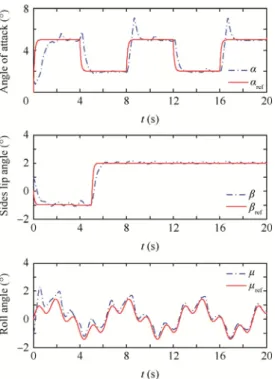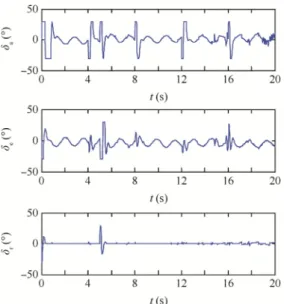Adaptive dynamic surface control of NSVs with input saturation using a disturbance observer
Full text
Figure



Related documents
Using the VPF estimates sug- gested by the EC for environmental cost-benefit analyses, the present value of the health benefits arising from the reclamation of waste sites in
3 shows that the absorbed dose in original and additional resistors is about 10% lower in case of the mobile phone connected to the cellular network during a
The three case studies enable me to examine and analyze how some African presidents on the one hand attempt to remove presidential term limits to extend their tenures in
Our study reveals that young people become increasingly dependent, and develop deeper emotional ties with cell phones, as usage permeates more aspects of their daily lives and
Heating and ventilation for each classroom is provided by a unit ventilator located at the exterior wall below a window.. The unit ventilator is connected to an intake grilled in
Ye [47] invented a new operator for trapezoidal neutrosophic set, Deli [48] proposed innovative operators on single valued trapezoidal neutrosophic numbers, Gulistan et
Thus, total loan delinquency rates and loss rates are lower in Wisconsin than in the rest of the country (see Lines 1, 4, and 5 of Table 2).. Restrictions on creditors
The BASTA radar currently uses four successive modes for specific applications: the 12.5-m vertical resolution mode is dedicated to fog and low clouds, the 25-m mode is for liquid